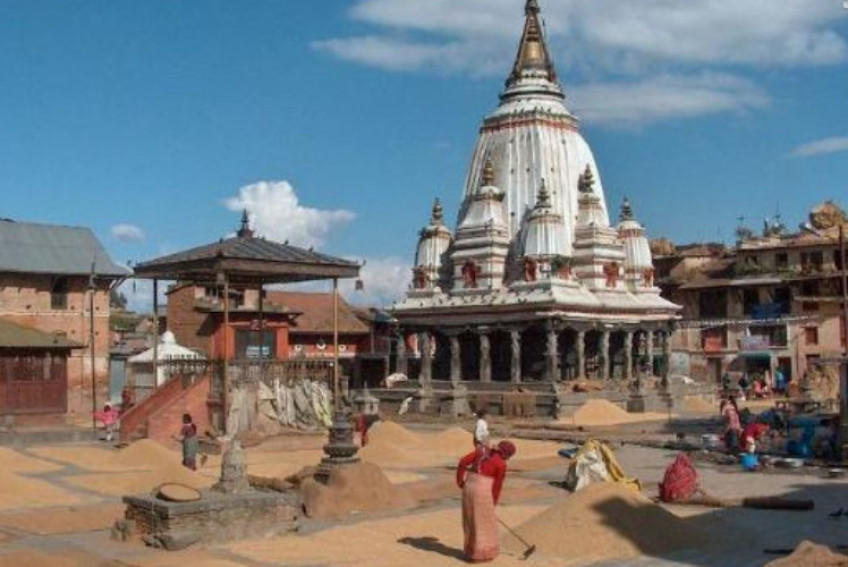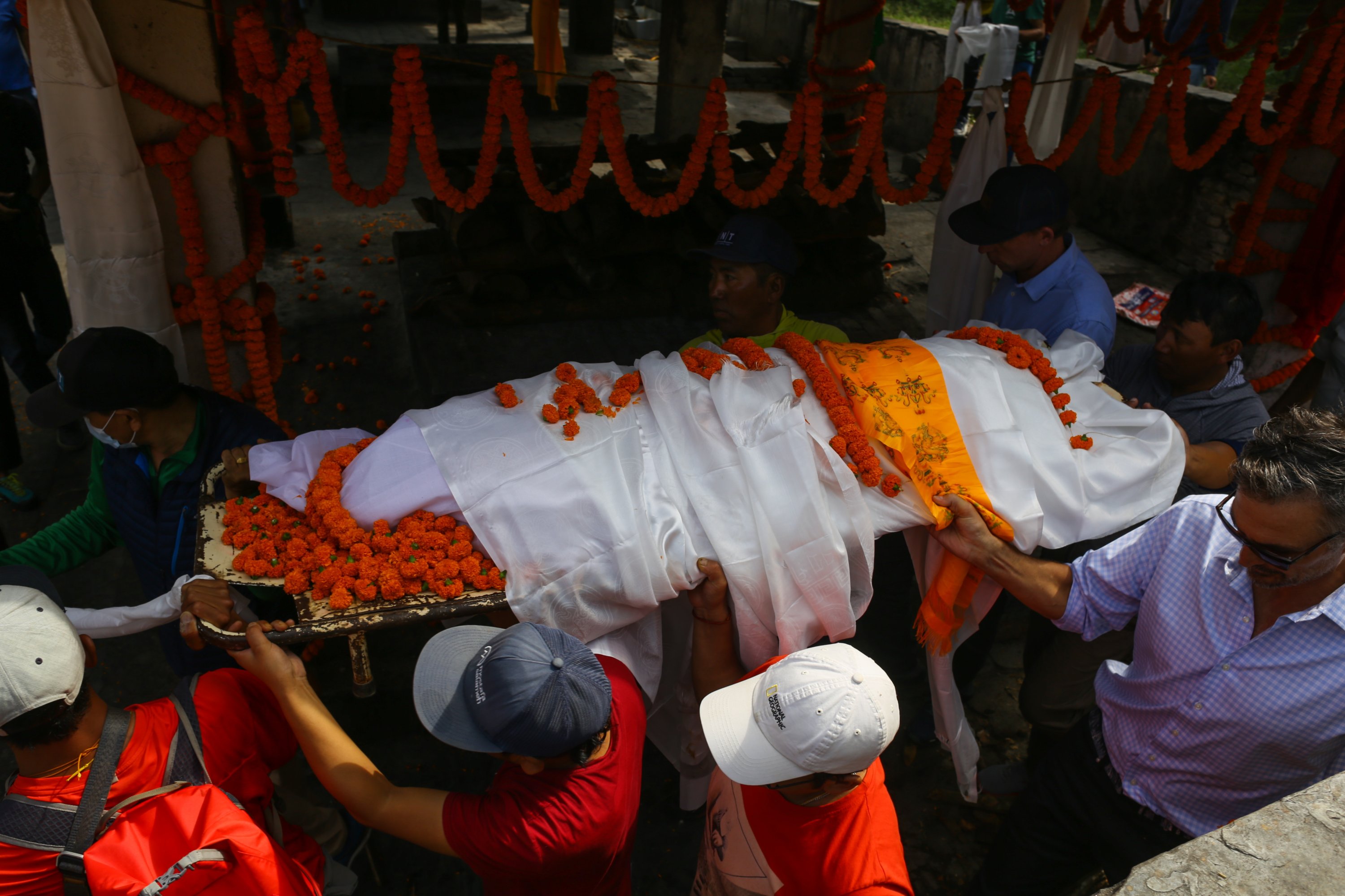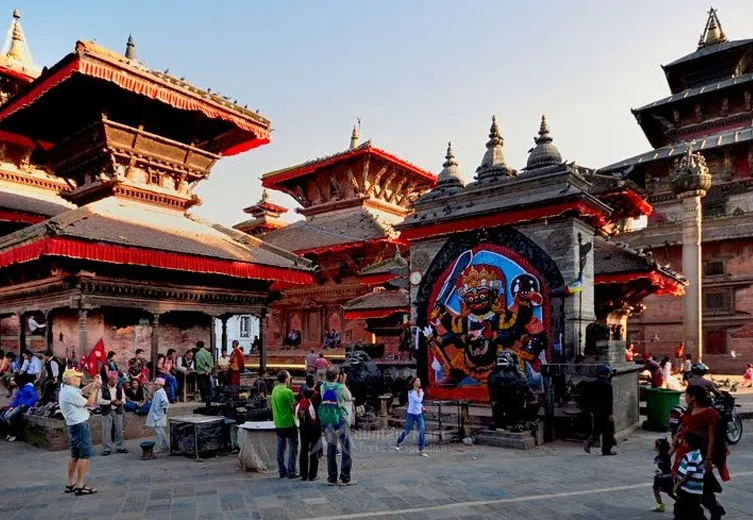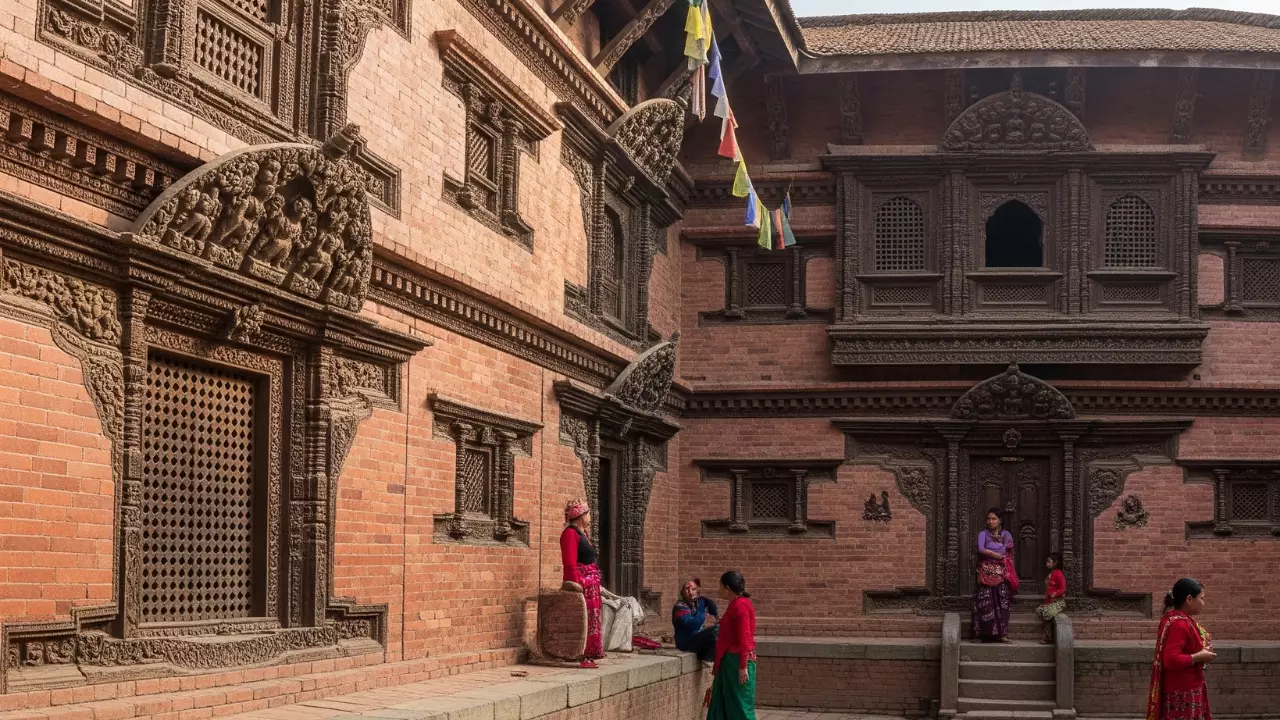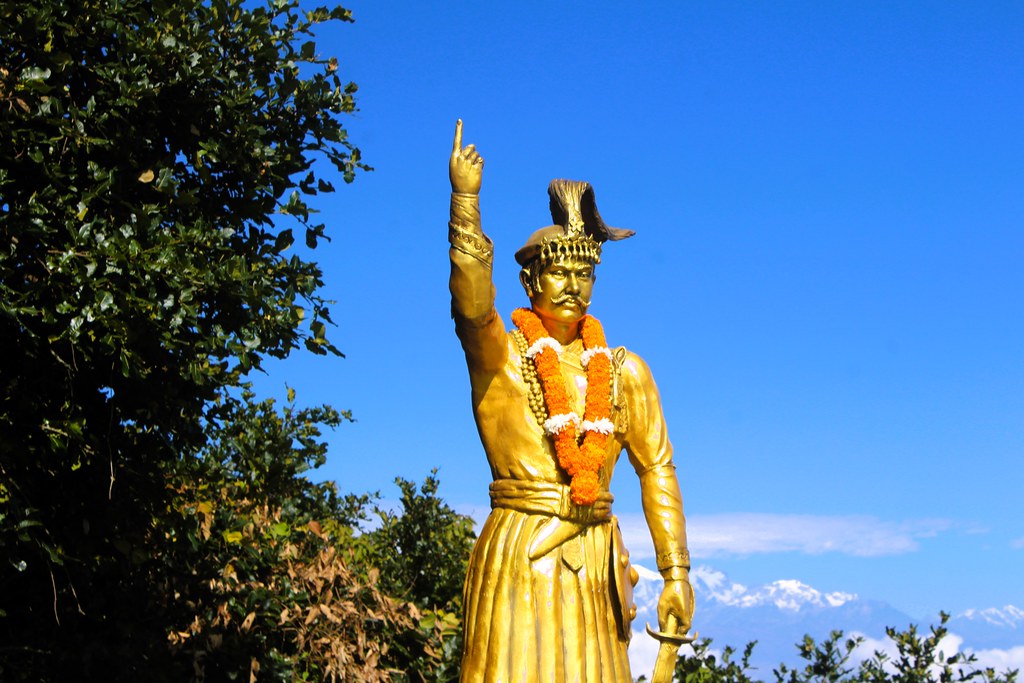Share this Article
Bungamati, a small yet historically and culturally significant town in Nepal located inside lalitpur, has a rich legacy that dates back to ancient times. Originally known as Bugayumigrama during the Licchavi period, the name itself is derived from the Kiratian dialect, proving the settlement’s existence long before recorded history. During the Malla period, the town was referred to as Bungapattan and it is also known as Amarapur or Amaravatipur. Despite the changes over time, Bungamati has retained its authentic charm and continues to be home to local communities who have preserved their unique heritage and traditions.
Origins and Historical Significance
The original settlement of Bungamati was located uphill around the present-day Chunikhel area. The present Bungamati area was initially a cremation ground surrounded by a dense forest, while the original settlement was called 'Bugal.' It is believed that when Rato Machhindranath was brought into the valley, the settlement moved to its current location following the construction of the deity's temple.
Bungamati has long been a center of cultural and religious importance for newari people, as its history is deeply interwoven with Kathmandu Valley's religious traditions and rituals. Even today, it stands as a living museum of Newar culture, with its traditional houses, narrow alleys and open courtyards.
Temples and Monasteries
Bungamati is the hometown of the revered deity Machhindranath, also known as Bungadeya among locals. His temple, built in the Shikhara style, stands in the center of the village and serves as his home for six months of the year, while the other half is spent in Patan. The grand festival marking the deity’s transition between these two locations is a major annual event in the valley. Another significant religious site in Bungamati is the Karya Binayak Temple, one of Nepal’s most important temples dedicated to Ganesha. The temple offers breathtaking views of the surrounding landscape, overlooking the Bagmati Valley and the foothills.
Machhindranath Temple and the Annual Rituals
Machhindranath, also called Karunamaya, is deeply connected with water and rain, symbolizing prosperity and compassion. The deity has multiple identities, including Raktapadmapani Lokeshvara and Aryavalokiteshvara. A unique tradition linked to Machhindranath is that once in every twelve years, the deity is taken outside Bungamati in a grand procession of rato machindranath festival. Adding to the town’s spiritual importance, Bungamati is home to a lesser-known Kumari, the living goddess. While the Kumaris of Kathmandu, Patan, and Bhaktapur are widely recognized, Bungamati’s Kumari also holds a revered position in the community.
Hayagriva Bhairav Temple
Hayangriva Bhairav is regarded as the protector and ancestor god of Bungamati. This temple, believed to have existed since ancient times, holds a significant religious and historical importance. The deity has a red face with three eyes and is known as the local guardian. A popular belief states that the kings of the Shah dynasty should not visit Bungamati, as doing so would bring them misfortune. The temple has also faced historical challenges, such as the theft of its idol by King Mukundasen of Palpa, who later returned it after seeking forgiveness.
Manakamana Temple: The Lesser-Known Origin
Though most people associate the Manakamana Temple with Gorkha, it is believed that the upper half of the goddess’s body resides in Bungamati, while the lower half remains in Gorkha. The town celebrates Manakamana Jatra during Dashain, during which the Gorkha temple is closed and devotees are directed to Bungamati.
Karyabinayak Temple: A Place of Devotion and Beauty
The Karyabinayak Temple built in 1661 AD, is one of the four famous Vinayaka temples of Kathmandu Valley. This temple is particularly known for its natural rock formation resembling Lord Ganesha, which is now adorned with a silver covering. Also karyabinayak is one of the four Binayaks of kathmandu valley other 4 of them are Jal binayak located in chobar, Surya binayak of bhaktapur and Ashok Binayak, devotees come to Karyabinayak to wish for the successful completion of that work. Devotees get crowded on Tuesdays and Saturdays.
Traditional Wood Carving and Local Life
Bungamati is renowned for its rich tradition of wood carving. Many families in the town have been engaged in this craft for generations, creating intricate carvings for temples, palaces and homes. The town is home to skilled artisans whose work is admired across Nepal and internationally. Visitors to Bungamati can explore workshops where craftsmen carve exquisite designs on wood, keeping the traditional art alive.
The community in Bungamati remains closely knit, with daily life revolving around religious activities, local markets and seasonal festivals. The town's residents still adhere to the traditional Newar way of life, preserving cultural practices that have been passed down for centuries.
The Impact of the 2015 Earthquake and Reconstruction Efforts
The devastating earthquake of April 2015 left Bungamati in ruins, destroying many traditional houses and historical monuments. The Machhindranath Temple suffered severe damage and is currently undergoing reconstruction, with a goal of completion by the upcoming year(2025). Despite the destruction, Bungamati remains a hub for traditional wood carving. Many artisans in the town continue the age-old craft, preserving the artistic heritage of Nepal.
A Town Steeped in History and Culture
Bungamati stands as a testament to Nepal’s rich historical and cultural legacy, another interesting thing about the pond present there is before the construction of rato machhindranath rath, the rope used to pull the Rato Machhindranath chariot is ceremoniously dipped in a sacred pond to purify it from its ancient origins to its sacred temples and festivals, the town continues to be a focal point of religious devotion and artistic craftsmanship. As efforts to rebuild and restore continue, Bungamati’s historical and spiritual essence remains intact, attracting pilgrims and visitors alike.
Conclusion
Bungamati is more than just a historic site; it is a living heritage, with local people still maintaining the traditions, art, and spiritual practices of their ancestors. The town’s role as a religious center, especially with the presence of Rato Machhindranath, Karyabinayak, and Hayangriva Bhairav, makes it one of the most culturally significant places in Nepal. As reconstruction progresses, Bungamati is set to regain its former glory while continuing to thrive as a center of devotion, artistry, and the continuation of its wood carving tradition.
Categories:
History & Heritage
Tags:
BungmatiStories
,
HiddenHeritageNepal
,
AncientNepalTreasures
,
OldTownNepal
,
HeritageWalkNepal

